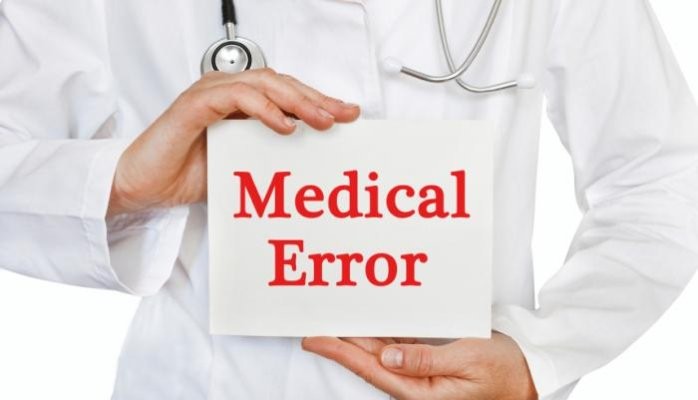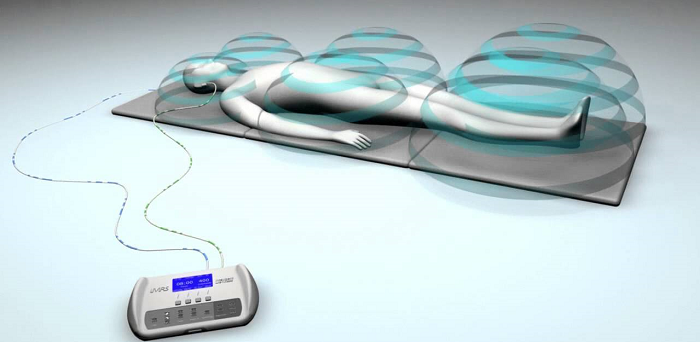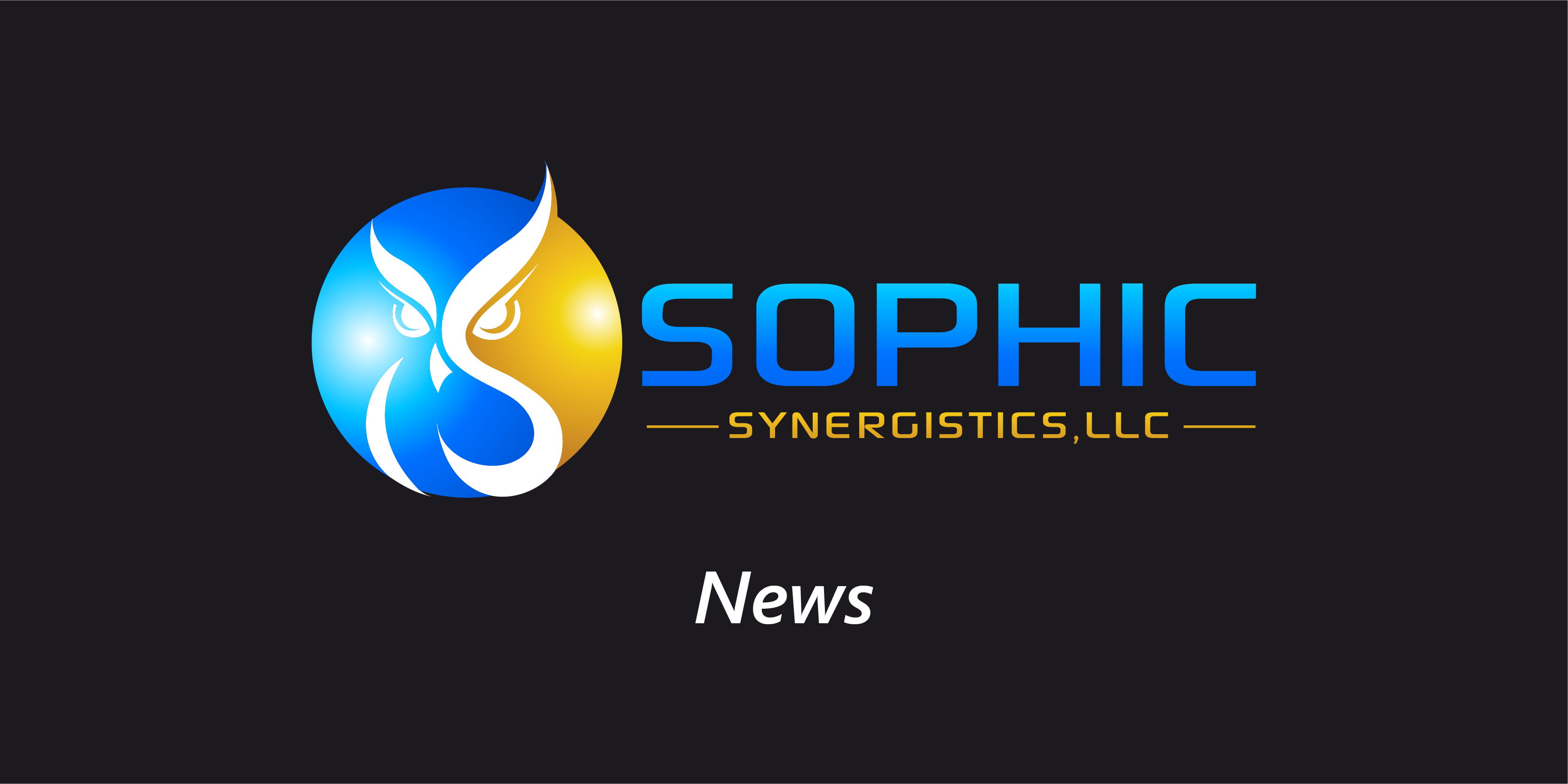Human-Centered Design and the health and medical industry have something significant in common: a focus on the human being.
Cost of Adverse Medical Events
The complexities of the health care system, including those introduced by technology, have contributed to a growing need to improve the integration of Human-Centered Design practices at all levels of the health care delivery system. In recent years, health and medical care has become a growing sub-specialty within the field of human factors and ergonomics, a response to an increase in adverse medical events. According to the National Center for Policy Analysis, the economic cost associated with medical errors range from $393 to $958 billion. For every dollar spent by the health care system treating a patient there is approximately .45 cents worth of harm delivered. This does not indicate that healthcare providers are negligent when it comes to patient care; rather, it is an indicator that there has been inadequate considerations made regarding human limitations in very stressful environments with complex technologies, creating a large opportunity for the occurrence of medical errors and threats to patient safety. In an effort to protect the patients and reduce the scope of medical errors, it is imperative that the medical and health care industry focus more on integration of Human-Centered Design methodologies as applied to technology development, user testing, and implementation including consideration of workplace and patient operations.
Patient Experience
Similarly, the application of Human-Centered Design methodologies are essential for delivering positive patient experience outcomes during medical care interactions. The health care industry is facing larger demands as the baby boomer generation continues to age. In part, this has contributed to a boom for the medical industry including the needed number of providers and supporting technology development efforts. Ultimately, making health care big business with considerable risk associated with fast growth and adoption of evolving technologies. The faster a sector grows to meet demands, the more we look to technology to help streamline operations and augment capacity to handle the demands. This approach can lead to incredible risk to those who receive care when Human-Centered Design principles and methodologies are not considered on the ground floor. Unfortunately, changes or improvements are often prioritized only after an adverse event or a fatality has occurred. We have witnessed some promising changes initiated by insurance providers, helping to encourage mitigation of risk and improved patient experience as a priority. Specifically, insurance providers have made changes to how hospitals are compensated for rendered services by making payment contingent upon patient outcomes. Catalyzing a move to a more human-centered approach to delivering care.
Crossroads
We are at a crossroads with the medical industry boom and the need to address the growing number of adverse medical error events and negative patient outcomes. Investing in Human-Centered Design expertise will help address many issues including: making products and services more usable, trusted, compatible, comfortable and safe for patients as well as care givers. A more deliberate focus on Human-Centered Design strategies will offer the opportunity to reduce risks to patients as well as adverse medical errors. Both of which lead to a more successful, patient focused, safer and more profitable business operation.






